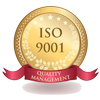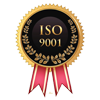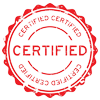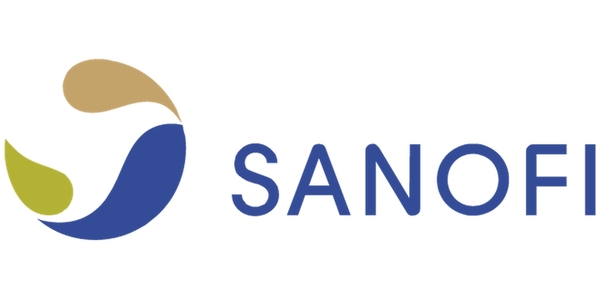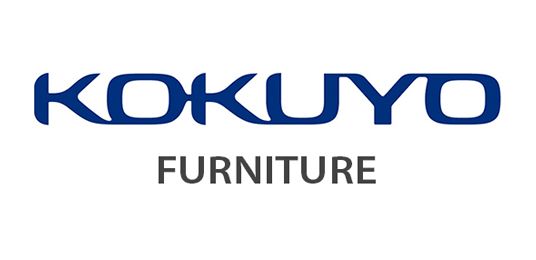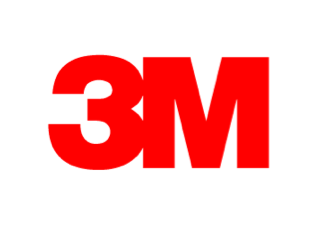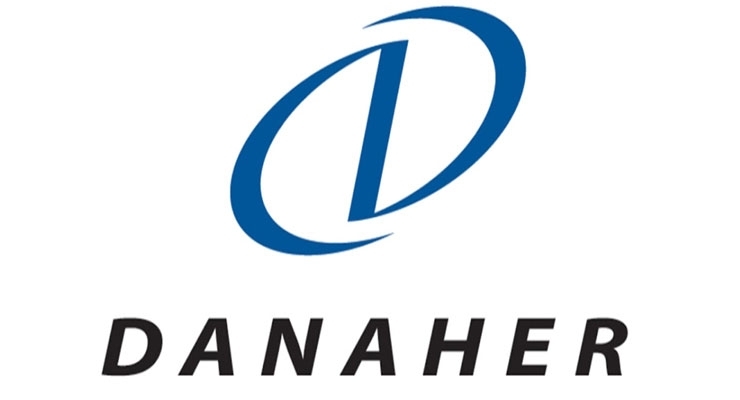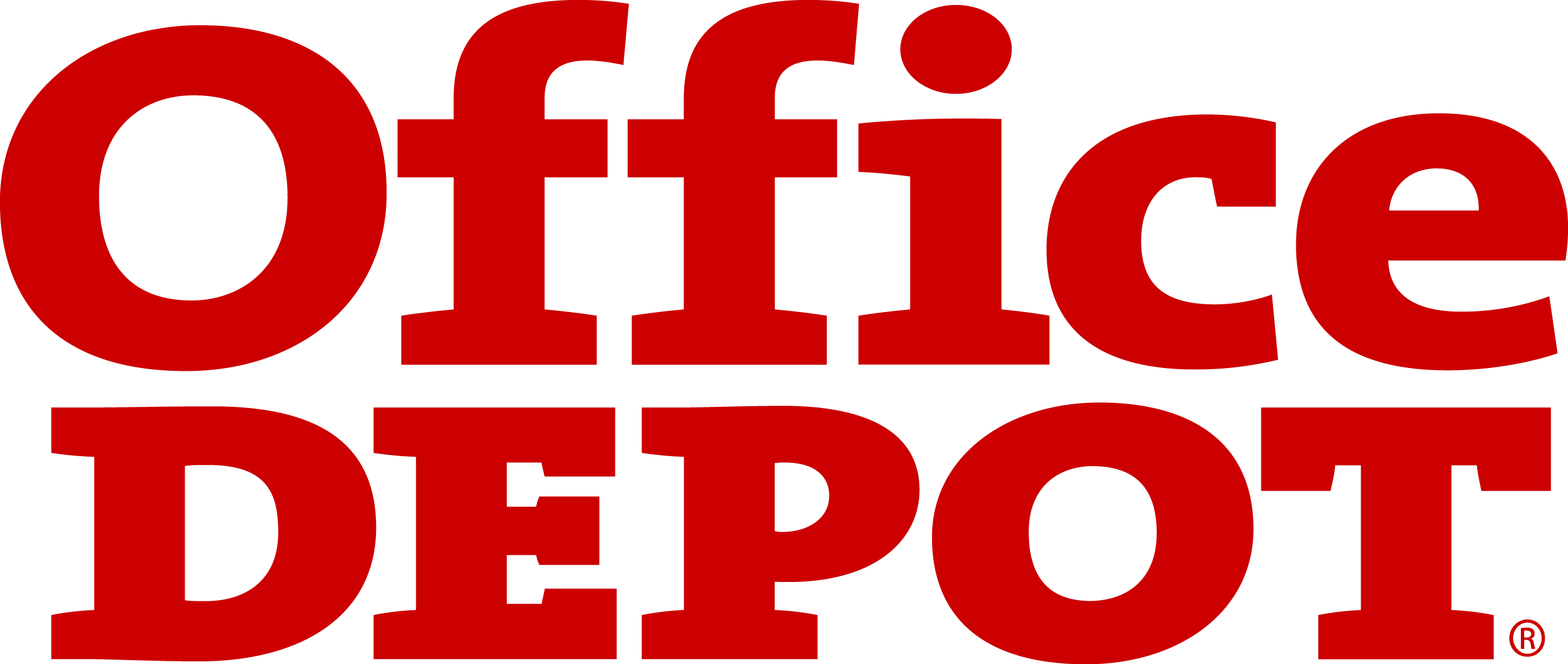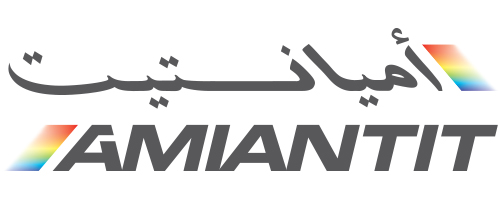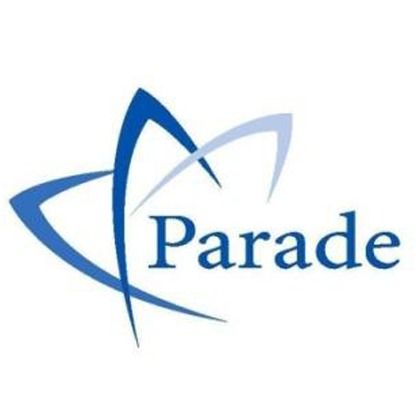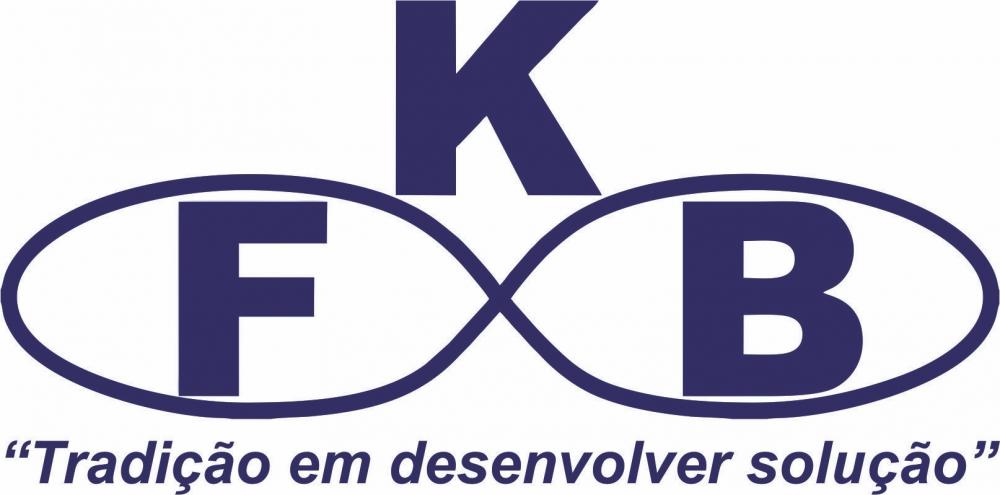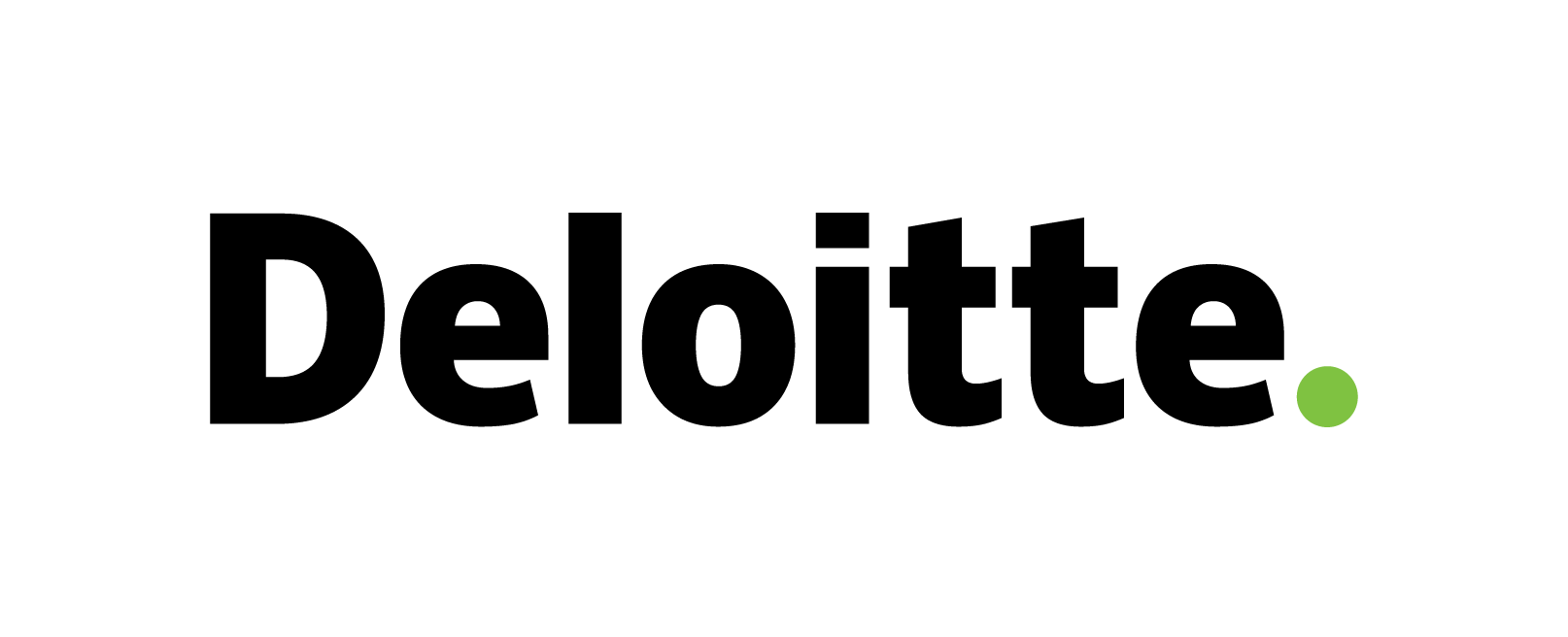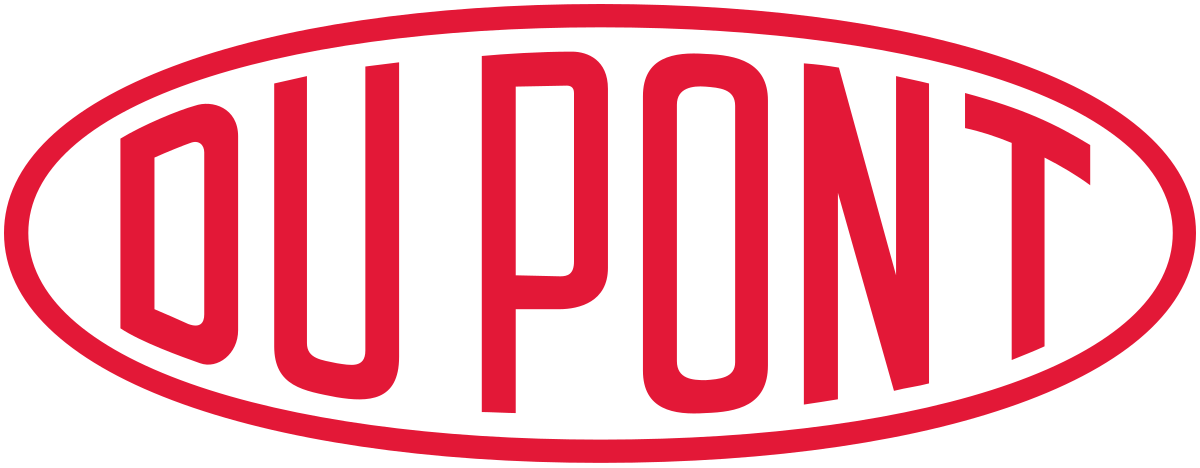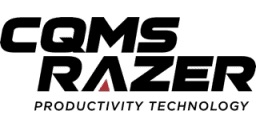Medical Camera Market By Type (Endoscopy Cameras, Surgical Microscopy Cameras, Ophthalmology Cameras, Dermatology Cameras, Dental Cameras, Other Medical Cameras); By Sensor (CMOS Sensors, CCD Sensors); By Resolution (Standard Definition (SD) Cameras, High-definition (HD) Cameras); End User (Hospitals & Ambulatory Surgery Centers, Specialty Clinics); By Region (North America, Europe, Asia Pacific, Latin America, Middle East & Africa) - Global Market Analysis, Trends, Opportunity and Forecast, 2022-2032
Medical Camera Market Overview and Definition
The global medical camera market is estimated to grow from USD 2.9 billion in 2022 to USD 5.7 billion by 2032, at a CAGR of 9.1% during the forecast period 2023-2032. The medical camera finds their application in medical applications, including endoscopy, surgical imaging, dermatology, and others. These cameras are generally HD and helps doctors to get a detailed and enlarged image of body parts/tissues. Factors such as rising number of patients and geriatric population, and technological advancements and demand for minimally invasive surgeries are driving the growth of market.
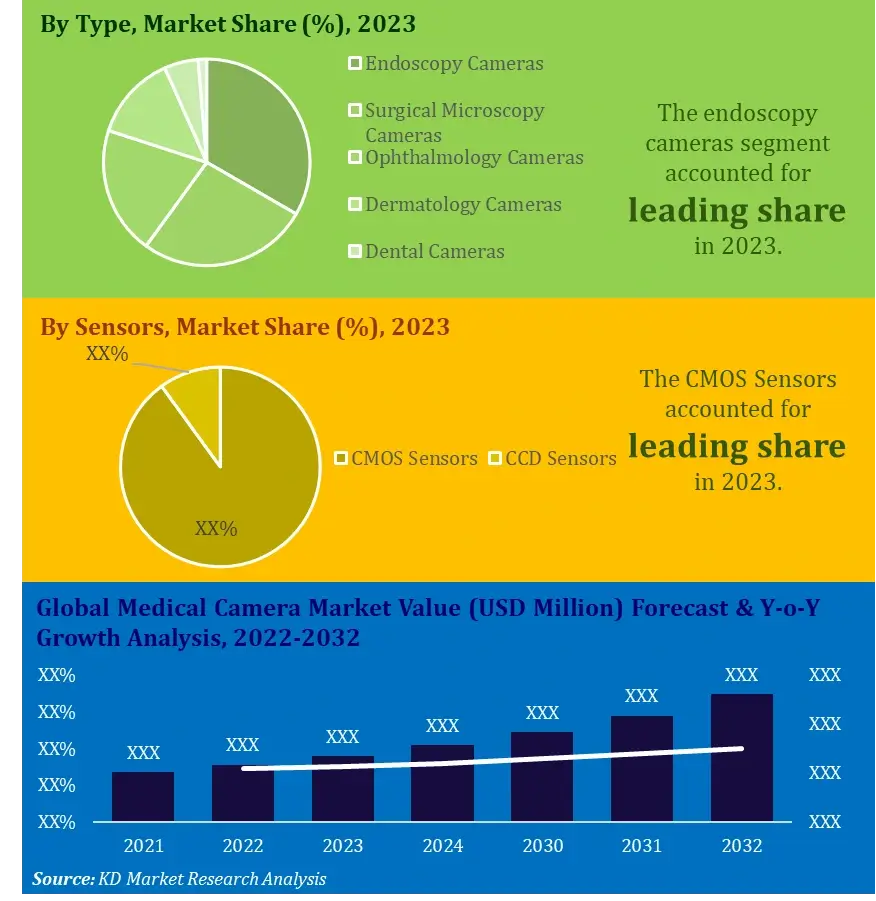
Medical Camera Market Key Drivers
The medical camera market is driven by several factors, including:
Increasing prevalence of chronic diseases: The rising incidence of chronic diseases, such as cancer and cardiovascular diseases, has led to an increased demand for medical cameras for diagnostic and treatment purposes.
Aging population: The global aging population has increased the demand for medical cameras for geriatric healthcare, as well as for early diagnosis and treatment of age-related diseases.
Advancements in camera technology: The development of high-definition and 3D imaging technologies has enhanced the capabilities of medical cameras, allowing for more accurate and detailed images.
Increasing adoption of minimally invasive surgeries: The growing trend towards minimally invasive surgeries, which require the use of cameras to guide procedures, has contributed to the growth of the medical camera market.
Telemedicine: The increasing adoption of telemedicine and remote patient monitoring has increased the demand for medical cameras that can be used for remote consultations and monitoring of patients.
Competitive pricing strategies can lead to growth of the market as there are lesser barriers to entry and with more entrants the prices must be competitive which is likely to boost demand for medical camera equipment. Moreover, partnership between two big players will also influence the market growth as gift to big players come and their brand loyalty technology and pricing while maintaining healthy competition with other players in the market drive market growth.
Increasing technology and R&D investment from government has been favoring market dynamics for the sector and has been expected to grow over the period of time. Moreover, there is increased demand for surgeries due to various chronic diseases that stuck with people for lifetime and limited availability of curing methods. Also, increasing geriatric population demands more surgery and have been more prone to diseases. These factors are envisioned to bolster the growth of market.
Various uses like high sensitivity, flexibility and useful for various research institutions and laboratory technicians as well as hospitals will cater to the growth of market.
Medical Camera Market Challenges
- Health threats caused due to radiation as Exposure to very high levels of radiation, such as being close to a medical camera or any radiological device, can cause acute health effects such as skin burns and acute radiation syndrome. It can also result in long-term health effects such as cancer and cardiovascular disease.
- High prices of equipment even with the competitive pricing strategies adopted by key players the overall cost of equipment and surgeries has not been affordable and accessible to all sectors of the population which has been restraining the growth to a large extent in emerging markets where there is growing potential of higher disposable income but people still find it hard to get the best possible healthcare for themselves.
- There has been a lack of professional and qualified operating personnel for using it effectively and efficiently can also draw tension from Medical cameras and their numerous benefits to other alternatives for examining patient’s bodies.
- Fewer barriers to entry which reduces profitability due to competitive pricing strategies in order to gain market share leads to lesser growth for individual players.
Medical Camera Market : Report Scope |
|
|
Base Year Market Size |
2022 |
|
Forecast Year Market Size |
2023-2032 |
|
CAGR Value |
9.1% |
|
Segmentation |
|
|
Challenges |
|
|
Growth Drivers |
|
Medical Camera Market: Segmentation
By Type
- Endoscopy Cameras
- Surgical Microscopy Cameras
- Ophthalmology Cameras
- Dermatology Cameras
- Dental Cameras
- Other Medical Cameras
By Sensor
- CMOS Sensors
- CCD Sensors
By Resolution
- Standard Definition (SD) Cameras
- High-definition (HD) Cameras
End User
- Hospitals & Ambulatory Surgery Centers
- Specialty Clinics
Region
- North America
- US
- Canada
- Europe
- Germany
- France
- UK
- Italy
- Spain
- Rest of Europe (RoE)
- Asia Pacific
- Japan
- China
- India
- Rest of Asia Pacific (RoAPAC)
- Rest of the World
Medical Camera Market: Regional Synopsis
North American countries have been dominant and it is expected to be the largest medical camera market for the foreseeable future due to the rising technological advancements and innovations due to the presence of major market players. Moreover, the rising geriatric population and prevalence of diseases has been expected to drive the market demand in the region. According to a United States census as of 2021, people aged above 65 are more than 52 million and during the next decade they are expected to grow to almost 70 million. Thus, the rise of this geriatric population is expected to be a potential customer for the North American players due to the prevalence of various diseases leading to more surgical procedures and will grow the demand for medical cameras and their efficiency in testing the interior condition of the body. North America is expected to be the leader in the foreseeable future.
Following North America, the second largest market for medical cameras is Europe which has similar demographic geriatric population with lenient government regulations driving the market growth, but some countries have been facing economic uncertainty like Greece which leads to instability in the political system and is going to restrain the growth in the European region there in the foreseeable future.
Asia-Pacific has been showing the greatest potential for growing due to continuous advancements and growing markets with increasing awareness due to advertisement campaigns which have been run by government initiatives which have been implemented to modernize infrastructure. Continuous investments on RND by Nations like China and India by exploiting their cheap labour specialising in technology and engineering has been a contributing factor for the growth of this market.
Similarly emerging markets of Latin American countries and middle East have also shown developing infrastructure and higher disposable income as Brazil shows a lucrative market for medical cameras due to its larger population and developments in Healthcare sector.
Medical Camera Market: Recent Developments
In January 2021, Sony Electronics launched the HVO-3300MT 3D medical video recorder, which is designed for use with endoscopy and other surgical imaging systems.
In December 2020, Olympus Corporation announced the launch of its VISERA ELITE II surgical endoscopy system, which features advanced 4K resolution imaging technology.
In November 2020, Carl Zeiss Meditec AG introduced the KINEVO 900 surgical microscope, which features an integrated 4K camera system for enhanced visualization during surgical procedures.
In October 2020, Stryker Corporation acquired the imaging platform company, Sight Sciences, Inc., in order to expand its presence in the ophthalmic surgery market.
In September 2020, Teledyne DALSA, a Teledyne Technologies company, introduced its Calibir GXF thermal camera, which is designed for medical imaging applications such as fever screening and wound assessment.
Medical Camera Market: Key Players
- Richard Wolf GmbH (Germany)
- TOPCON CORPORATION (Japan)
- Sony Corporation (Japan)
- Stryker (US)
- Danaher (US)
- Canon Inc. (Japan)
- Carl Zeiss AG (Germany)
- Smith & Nephew (UK)
- Carestream Dental LLC. (US)
- Basler AG (Germany)
- ATMOS MedizinTechnik GmbH & Co. KG. (Germany)
- IMPERX, Inc (US)
- IDS Imaging Development Systems GmbH (Germany)
- Olympus Corporation (Japan)
- Other Players

Need Customized Report for Your Business ?
Utilize the Power of Customized Research Aligned with Your Business Goals
Request for Customized Report- Quick Contact -
- ISO Certified Logo -
